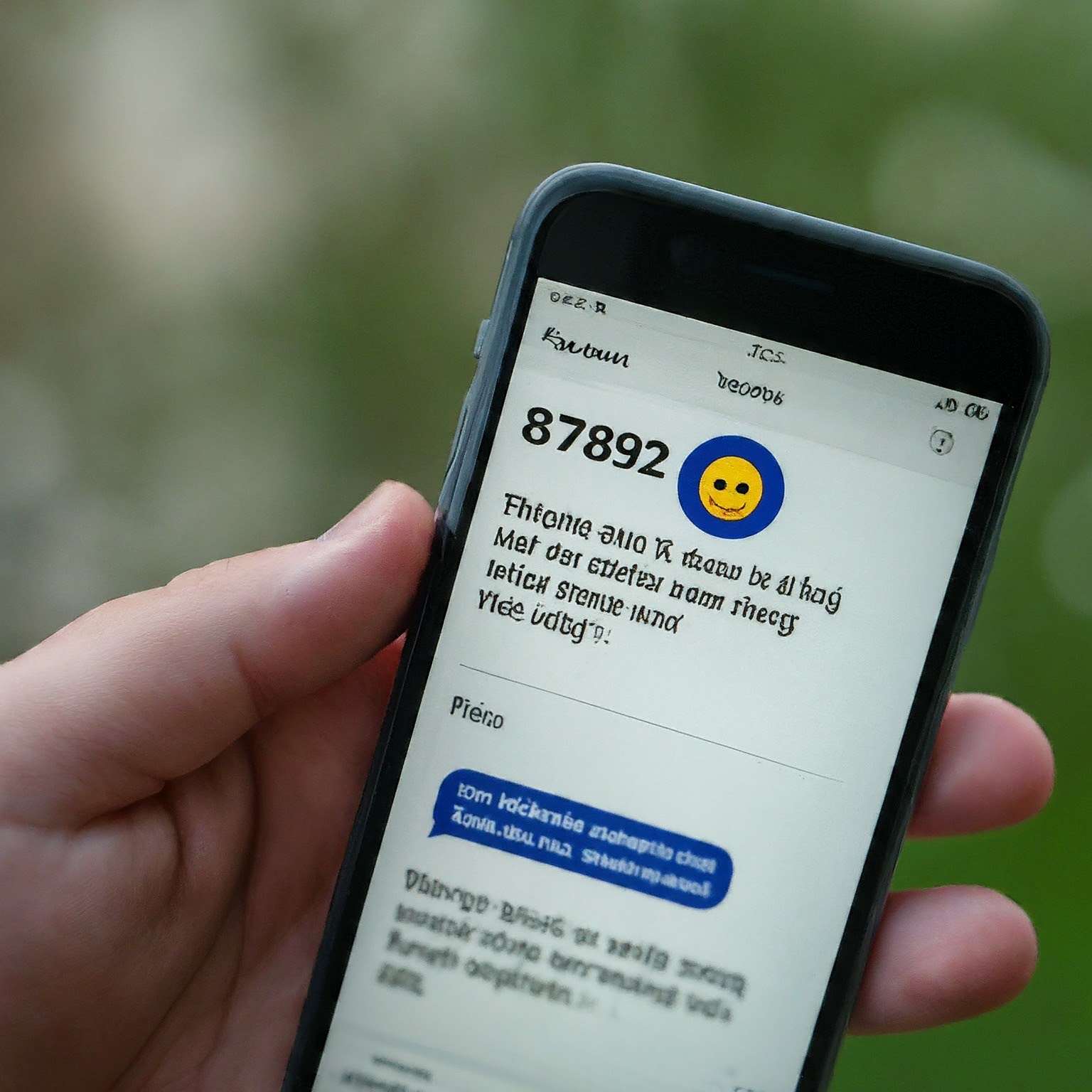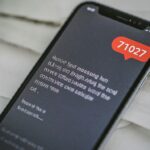The short code 87892 is a legitimate, dedicated transactional SMS short code used primarily by Microsoft to send time-sensitive security and verification codes to users in the United States and Puerto Rico.
If you receive a text message from 87892, it almost always contains a One-Time Password (OTP) or a multi-factor authentication (MFA) code required to access a Microsoft account, such as Outlook, Xbox, or other Microsoft services. It is not a scam, but the contents of the message should be treated with extreme security.
This article details the exact purpose of the 87892 short code, explains its association with Microsoft, and provides crucial advice on how to secure your account if you receive an unrequested code.

Main Body: The Purpose of the 87892 Short Code
Short codes are used by major companies for high-volume, secure communications. The 87892 code is associated with Microsoft’s identity protection systems.
- Two-Factor Authentication (2FA)
- Primary Use: The 87892 code delivers a unique, temporary verification code whenever you attempt to log in to a Microsoft service (e.g., Microsoft 365, Azure, Xbox, or even some enterprise login portals) from an unrecognized device or browser.
- Security Function: This verification code is mandatory to prove that the person logging in is indeed the account owner, assuming the user has enabled SMS 2FA.
- Security Alerts and Diagnostics
In some cases, 87892 may send an alert regarding an account change or a diagnostic message related to your security settings. These are often sent when Microsoft is running network tests or attempting to ensure your phone number is correctly configured for their security service.
Caution: Unsolicited Verification Codes
If you receive a code from 87892 that you did not request, it means someone has your login credentials (username and password) and is currently trying to log into your account.
- Immediate Action is Required: Do not ignore this. Immediately change your Microsoft account password and verify your recovery methods.
Critical Security Advice: How to Handle the Code
The biggest threat associated with security short codes like 87892 is a phishing attempt known as “Callback Fraud.”
The Phishing Scam:
- The Call: A scammer calls you, often spoofing a major company’s number (like a bank or tech support).
- The Request: The scammer claims they see “suspicious login activity” and will tell you to wait for a code that they need you to read to them to “verify and block the hacker.”
- The Truth: The scammer is the one trying to log in. By calling you, they trigger the legitimate 87892 code. If you read the code to them, you are handing them the final key to access your account.
Actionable Safety Rule:
NEVER share a verification code received from 87892 with anyone, whether by phone, text, or email. Microsoft will never call or text you to ask for this code.
Frequently Asked Questions (FAQ)
Is 87892 a scam number?
No. The 87892 short code itself is a legitimate sender used by Microsoft. The scam occurs when a fraudulent caller tries to trick you into giving them the code that the legitimate system (87892) has sent to your phone.
How do I stop receiving texts from 87892?
Since 87892 is for security, you should not block it entirely, or you will be unable to log into your account. However, if you want to stop receiving the codes via text, you must change your 2FA method on your Microsoft account.
- Log into your Microsoft Account Security Dashboard
- Change your primary Two-Factor Authentication method from “Text Message/SMS” to an Authenticator App (like Microsoft Authenticator, Google Authenticator, etc.). This is generally considered more secure.
What should I do if I receive a code I didn’t request?
- Change your Microsoft password immediately via the official website.
- Check your account activity (e.g., microsoft.com/activity) to see if there was a login attempt.
- Enable a secure 2FA method (like the Authenticator App) as noted above.
Conclusion
The 87892 short code is a trusted security feature from Microsoft that delivers essential verification codes. Protect yourself by recognizing that while the code is legitimate, the call requesting it is a fraud. Never share the code, and immediately secure your account if you receive a code you did not request.


